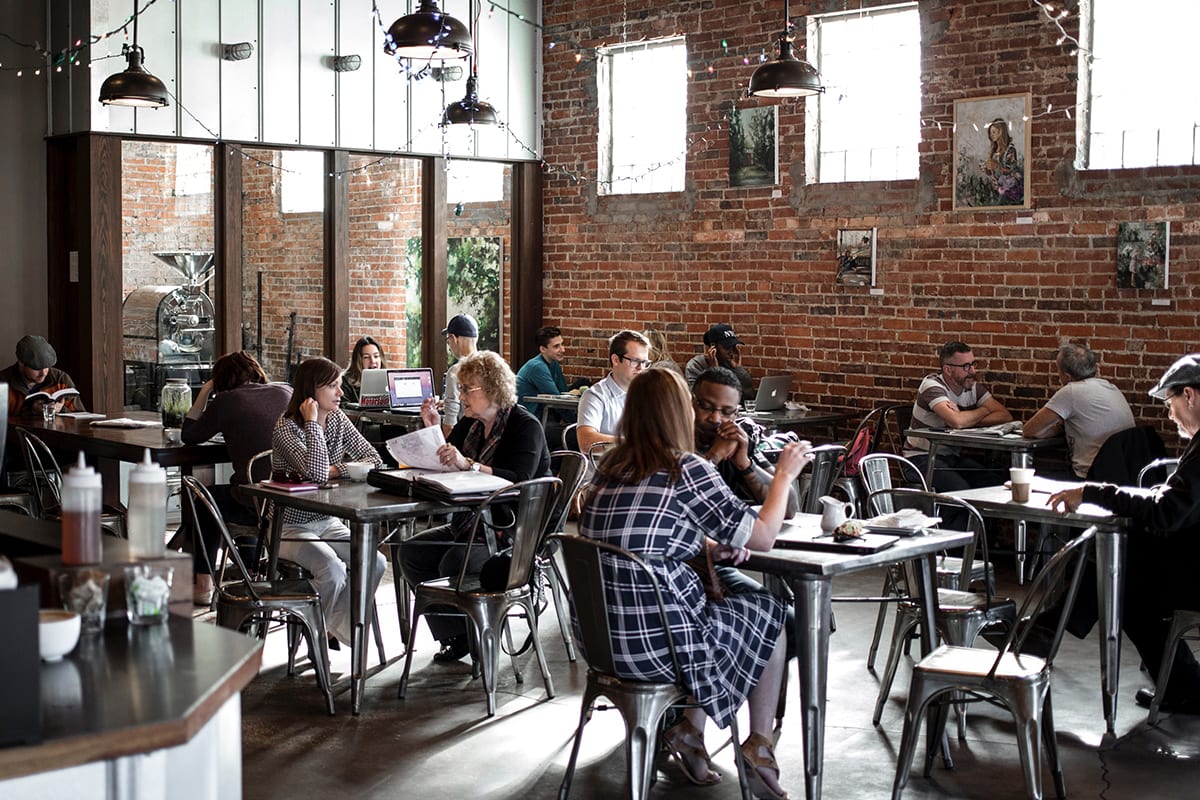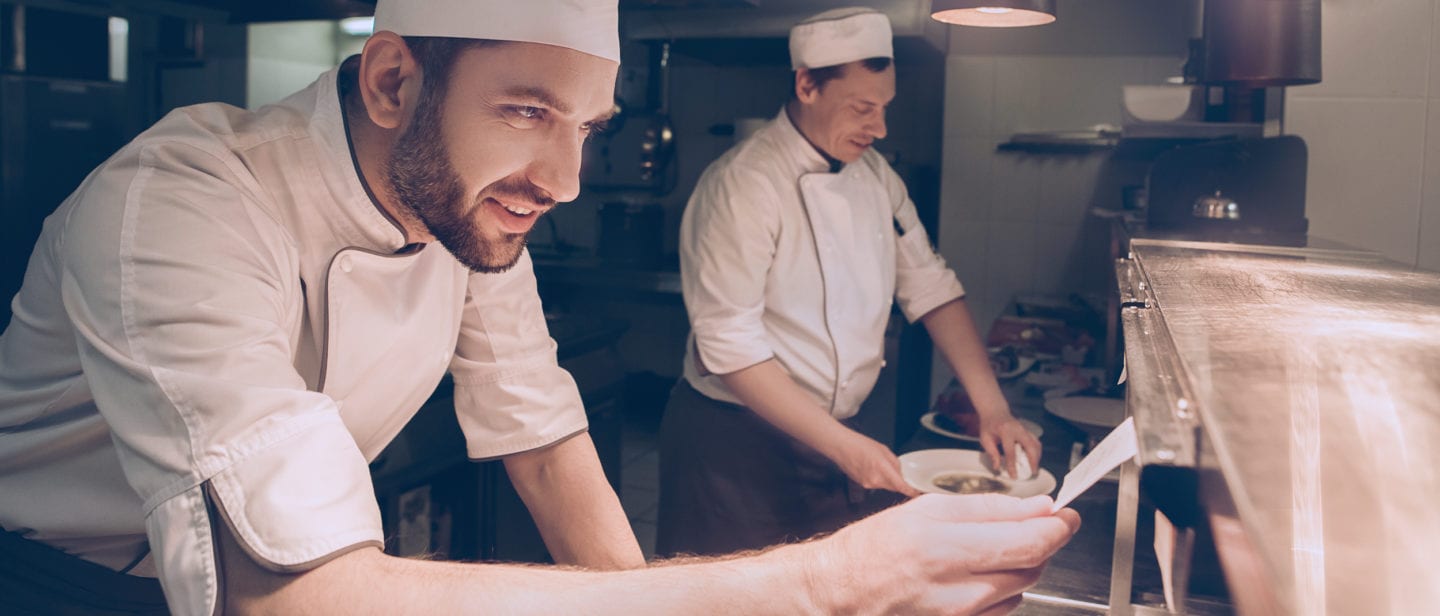1) Online ordering is not a box to check.
Instead, online ordering should be treated as a branch of a restaurant’s business that is optimized with a broad strategy including both third-party and white-labeled online ordering platforms. Supporting one online ordering service (OOS) is only scratching the surface.
2) Online ordering is here to stay.
Convenience is not a fad. Consumers increasingly expect restaurants to deliver a seamless (no pun intended) digital ordering experience.
3) Online ordering has a place in nearly all restaurants.
Unless a restaurant’s kitchen is at full capacity, online ordering should be a part of a restaurant’s offering to its customers. If a restaurant has certain days and times they are at capacity, some online ordering service’s will allow online ordering to be turned-off during those rush hours.
4) Online ordering will not replace dining-in.
Although consumer expectations and behavior are changing, the experience of dining-in for date nights, birthdays, business lunches, and the casual weeknight dinner cannot be replaced with to-go containers delivered to a doorstep. Instead, online orders most often replace cooking at home or a visit to the drive-thru. The decision is rarely – “Do I want to leave my house to dine-in or order food to be delivered?” The decision is much more commonly – “Do I order online for delivery or do I have cereal for dinner…again?”
 5) Apps users are loyal.
5) Apps users are loyal.
Online ordering service spend massive amounts of money acquiring customers with BIG first-time credits, appealing app design, and captivating campaigns (check out Postmates’ “We Get It” campaign).
Third party apps also keep their users: 75-80% retention rate 12 months after the first order, on average. Once a user has set up an account on an online ordering app, their credit card information, address, and eating preferences are saved and a meal is only a few clicks away. If a restaurant is to maximize their visibility and potential for online orders, they ought to support a variety of online ordering providers in their area.
6) White-Labeled online ordering platforms and Third-Party ordering services are both important.
White-labeled online ordering platforms capture orders from loyal customers visiting the restaurant’s website or social media who have decided ahead of time that they want food from a particular restaurant. Third-party online ordering services capture customers that are browsing the app when they are hungry but often have not decided what restaurant they would like to order from. Not having visibility on both of these platforms for potential customers means your missing out.
7) Restaurants should support all relevant OOS in their area.
Every region in America has a unique online ordering ecosystem. Although the number of services is growing, new OOS are carving out space for themselves by targeting untouched regions, specializing in local communities, and solving unique problems associated with online ordering. Ritual, for example, offers social ordering so users living and working in close proximity can place orders together. Slice focuses on restaurants that serve pizza. Allset allows users to place their order ahead of time through the app and dine-in house, saving valuable time for busy professionals.
8) Online Ordering Menu Differs From An In-House Menu.
A restaurant’s ideal delivery menu is rarely identical to the in-house menu. Delivery menus should focus on items with low food costs to help combat the high OOS commission rates. These items should travel well and should be relatively simple to make in order to pump out volume – even during a rush. Strategically leaving some items off the delivery menu can motivate guests to dine-in. Consumers often respond well to menus that are reliable, so restaurants can feel comfortable leaving off a rotating or seasonal menu.
9) Too much technology is disruptive but Ordermark can help.
Restaurant employees need a flow for online orders that is not disruptive. Each online ordering system was designed on an island, multiple tablets with unique features and systems is a training headache and an operational nightmare. With Ordermark, restaurants can make the most of online ordering, simply.
10) Third party delivery is not a necessary evil but rather the most exciting opportunity in the restaurant industry today.
Foot traffic is on the decline, but online ordering is booming. Online ordering strategy is a way for restaurants to be creative and establish new revenue stream for their restaurants.
Learn how to grow your restaurant and thrive with online ordering.
Join thousands of peers already getting valuable tips and insights sent to their inbox.


